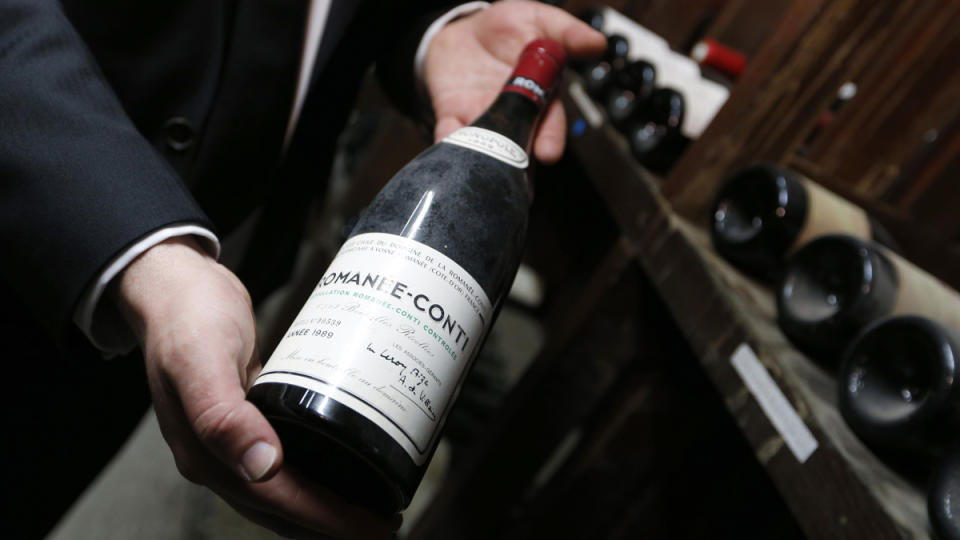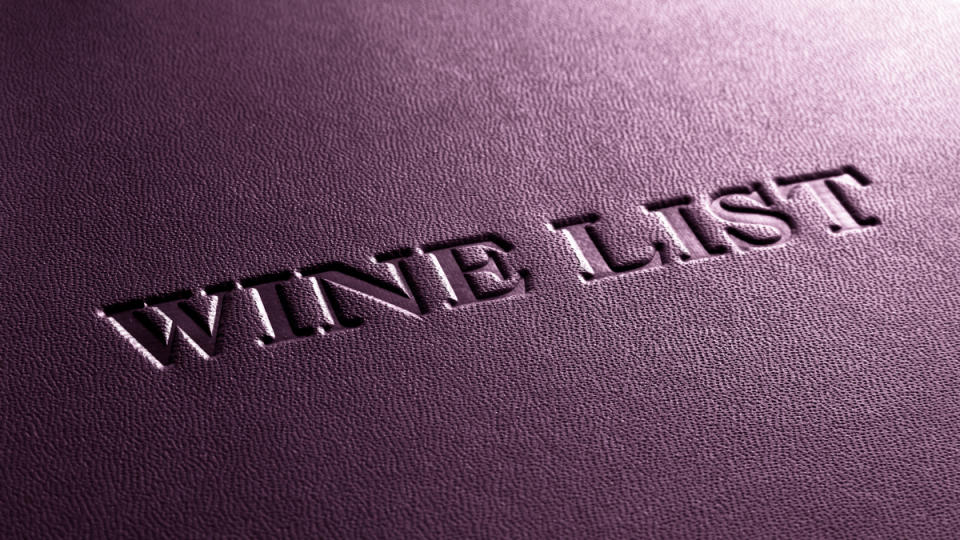The Unwritten Rules of Bringing Wine to a Restaurant

This story is from an installment of The Oeno Files, our weekly insider newsletter to the world of fine wine. Sign up here.
As the lockdown days of the pandemic recede into memory, one thing that has remained: all those extra bottles collectors purchased for home cellars while the world shutdown. The glut has left people wanting to work through that excess of special bottles, and that includes toting those wines with them to restaurants. But there’s an etiquette to navigate for those who do plan to BYOB. We’re here to help.
More from Robb Report
Many sommeliers have mixed feelings about corkage fees. On the one hand, if guests adhere to the often-unspoken rules, the server has an opportunity to taste or enjoy a glass of an extraordinary wine. Alternatively, things can wrong with the exchange, creating an awkward situation for diner and staff alike.
“Corkage is a funny thing because people are always trying to get away with paying less,” says Carrie Lyn Strong, consulting sommelier and wine educator at Strong Wine Consulting. She is filled with amusing stories regarding clients trying to get around corkage policies during her time as wine director at Aureole, which offered no-fee corkage on Mondays. One anecdote features a guest who claimed he did not technically bring a wine that was on the restaurant’s list because even though it was the same producer, variety, and vintage, it was from a different vineyard site than the one on offer. Touché, but does anyone really want to be that guy?
Alternatively, Strong also chose to share a positive BYOB story: A guest brought in a 1977 Port, which happens to be her “vintage” birth year. Although 1977 was, in Strong’s words, “a rough vintage all around the world,” it happened to be a great one in the Douro. After she “opened this bottle and slowly, gingerly picked out the pieces of broken cork,” her guests were “delighted with the care” she took in opening their wine, so they offered her a glass at the end of their meal. And yes, we all want to be remembered as that guy. So, the next time you want to bring a prized bottle to a restaurant, consult our dos and don’ts of corkage to make sure you are remembered favorably.

Do call ahead to check the fee or policy: When you walk into the restaurant armed with your bottle, you want to know what to expect. So make sure the establishment allows corkage, inquire about the fee, and ask if there is a limit on number of bottles per customer.
Do bring a special bottle: You know all those bottles you’ve been saving for a special occasion? Dinner at a great restaurant with your best friend or that special someone is occasion enough. Fine dining calls for your finest wine, so bring out the best.
Do offer the somm a taste or glass: If you’ve brought something very rare, expensive, or out of the ordinary, it’s likely that the sommelier has not tasted this particular wine, especially if it’s an older vintage. Offer a large tasting pour or even a full glass if there is enough to spare.
Do tip on the bottle amount: The serving team does the same amount of work whether you order a bottle or bring one from home. They’re supplying glassware, opening the bottle, presenting the wine, and pouring. Take a look at the average price for one of their bottles and add an appropriate amount to your tip.
Do order a bottle off the list as well: If you’ve brought a red, purchase a white to start, and vice versa if you’ve brought a white. If you are a party of two and think that may just be too much wine, start with a glass or half bottle, and then definitely leave the last glass from your bottle for the wine director.

Don’t bring a bottle that’s on the list: Check the wine list online ahead of time, and then think outside the box. Don’t bring anything that’s on the list—because all that does is save you money rather than broaden the experience of enjoying a fine wine with dinner. You don’t want to go down in restaurant lore as the one who argued with the somm over a technicality.
Don’t complain about the corkage fee: You have already called ahead and asked about the fee, so just hand over your bottle and have it opened graciously. It’s fine to confirm once you are in the restaurant, but you have to adhere to your side of the contract and pay the fee without complaint.
Don’t bring a mass-market bottle: We know our readers would never try to bring an inexpensive bottle, but you should also avoid grabbing something widely available off an end cap display for the sake of carrying a bottle to dinner. We’ll say it again: Bring a special bottle to make your dinner and wine pairing a special occasion.
Don’t send the bottle back: Just kidding! Of course no one would try this, but with an older bottle there is a possibility of oxidation and undrinkability. Have a bottle of your own on backup or keep one in mind from the list.
Don’t expect a decanter or special glassware: Your wine team will be as accommodating as possible, but if they do not regularly serve wine that requires decanting, there may not be one on hand. Same goes for glassware; make do with what’s available.
Don’t forget your manners: Corkage is a courtesy, so be courteous. If the wine professional has a memorable story about your evening together, don’t you want it to be because of how pleasant you were and not for the scene you made?
Do you want access to rare and outstanding reds from Napa Valley? Join the Robb Report 672 Wine Club today.
Best of Robb Report
Why a Heritage Turkey Is the Best Thanksgiving Bird—and How to Get One
The 10 Best Wines to Pair With Steak, From Cabernet to Malbec
Sign up for Robb Report's Newsletter. For the latest news, follow us on Facebook, Twitter, and Instagram.

